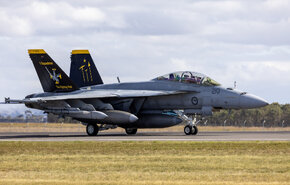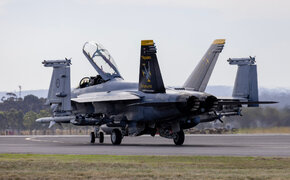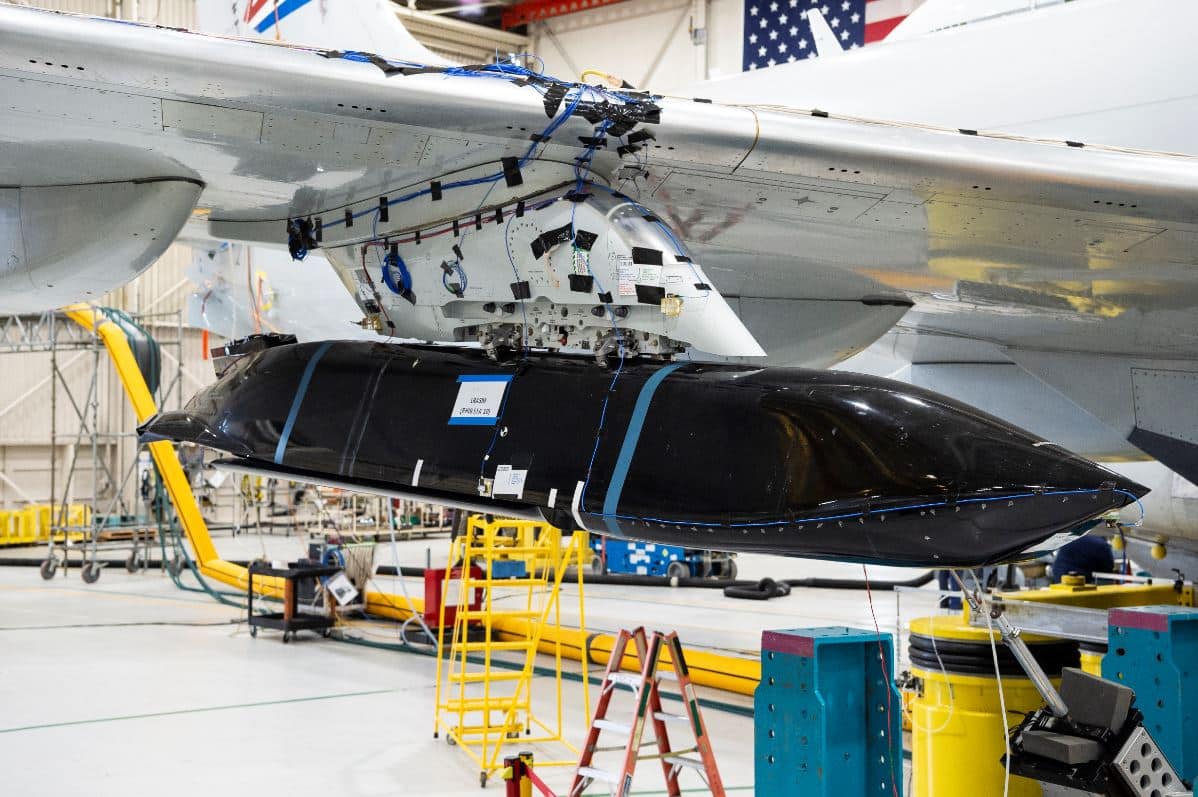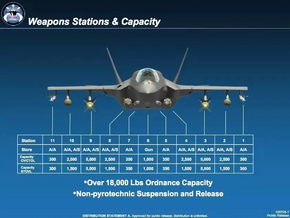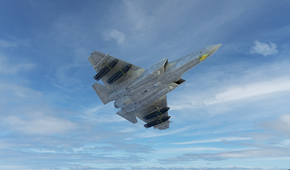Noting Malcom Davis's comments - given the DSCA notification in February 2020, would the RAAF not already have been looking at the LRASM on the Super Hornets then? Given the Classic was retired at the end of 2021, I would not have thought it realistic to spend USD$990M on a weapon and not include planning for the Super Hornets and F35?
LRASM has been on the radar for a very, very long time.
Its the USN premier anti-shipping munition, replacing the harpoon in air launched capabilities.
We were all over the LRASM precursor/design basis, the JASSM. We wanted to integrate JASSM on P3s and F-111s but then it turned out too expensive for the capability. Australia was the first country to acquire JASSM after the US. We had been chasing this since before 2000 and made announcements in 2006 of acquiring that munition, replacing popeye, which was kind of integrated for the F-111 before we blew them all up.
Then the USN pulled out of JASSM acquisition... SLAM-ER was integrated on P3s and JASSM/JASSM-ER work kinda stopped on many platforms, again, if the USN isn't firing it, why does it pay to integrate it? That isn't to say choosing SLAM-ER would have solved any problems, that too was a dead end.
In 2021 we also acquired JASSM-ER... Are we able to fire these from the F-35 as of yet?
LRASM integration efforts seemed to have taken priority over JASSM and JASSM-ER efforts. Because LRASM has basically replaced JASSM/JASSM-ER. It will follow, but its about priorities. IMO LRASM is a greater priority for the F-35 than JASSM-ER.
That said, Japan has just purchased another 16 JASSM-ER (jan 2025) to go with an earlier 50 purchase back in 2023. It can fire these from F-15. And hopefully F-35.. The US announcement specifically only mentions "but not limited to" F-15.

www.dsca.mil
The proposed sale will improve Japan’s capability to meet current and future threats by providing stand-off capability via advanced, long-range strike systems for employment on Japan Air Self-Defense Force (JASDF) fighter aircraft including but not limited to the F-15J.
IMO maybe I am reading too much into it, but this would seem as of jan 2025 the F-35 is not yet integrated with JASSM/JASSM-ER. Otherwise why wouldn't the US say F-35. JASSM-ER has been in US service since 2014 and JASSM since 2009. More interestingly, the Australian announcement back in 2022, indicated F-18F capability, and in the future F-35A.
F-35 integration is backlogged. Any F-35 capability is likely to be further delayed by requiring Block IV which can only be done after the TR-3 upgrade. The fastest way to accelerate F-35 backlog and save money, is to skip weapon/platform combinations that few operators use.
I quote APDR from feb-march 2025
New weapons that can be carried by virtue of the Block 4 upgrade include: Small Diameter Bomb Block 2; Meteor; Joint Strike Missile (JSM); Spear 3; AARGM-ER; AGM-158 LRASS/JASSM; and Paveway 4. It is anticipated that in future they will also be able 16 APDR | Feb-Mar 2025 to launch hypersonic weapons. Recently integrated weapons are ASRAAM and JSOW-C1.
Also enabled is carrying AIM120 from 4 to 6. But it would seem F-35 can't currently fire JASSM, which leaves the SH fleet the only ones firing LRASM, JASSM, SDB-II and JSOW... This makes up the majority of useful weapons for the RAAF. While AIM-120D is nice, its not likely what we need in our region today. We aren't being overflown by Chinese J16's.
My point isn't that LRASM wasn't expected to be purchased. Its that integration and FOC is not instantaneous. LRASM was integrated and test fired on USN jets back in 2019, before we retired classic hornets. It can take that long to start a program, acquire the material, upgrade the platforms, train everyone, and test it locally.
We also don't have any public information on how quickly Block IV will happen or how quickly the proceeding TR-3 will happen. One plane firing one weapon does not a capability make. I am just worried how much of what will be operational in the <2028 timeframe. Cause if we want that to happen we should make it our highest priority and throw people and money at it immediately.
I worry that our political class doesn't see the priority, and may be surprised in senates estimates or through media, that most of our fast jet fleet can't fire most of our weapon inventory and may not for 10+ years on a project that isn't yet public.. Yet the decision to kill existing SH capability which is offering that capability. For all of the Super hornets limitations, it can fire weapons today. It is still bridging capability and will for likely, decades.
This isn't unique to air platforms either, with Anzac, Hobart, Collins all coming out of the water for lengthy upgrades/refits. The argument isn't to not do them, but better planning and risk mitigation. Unified fleets come with unified problems.


